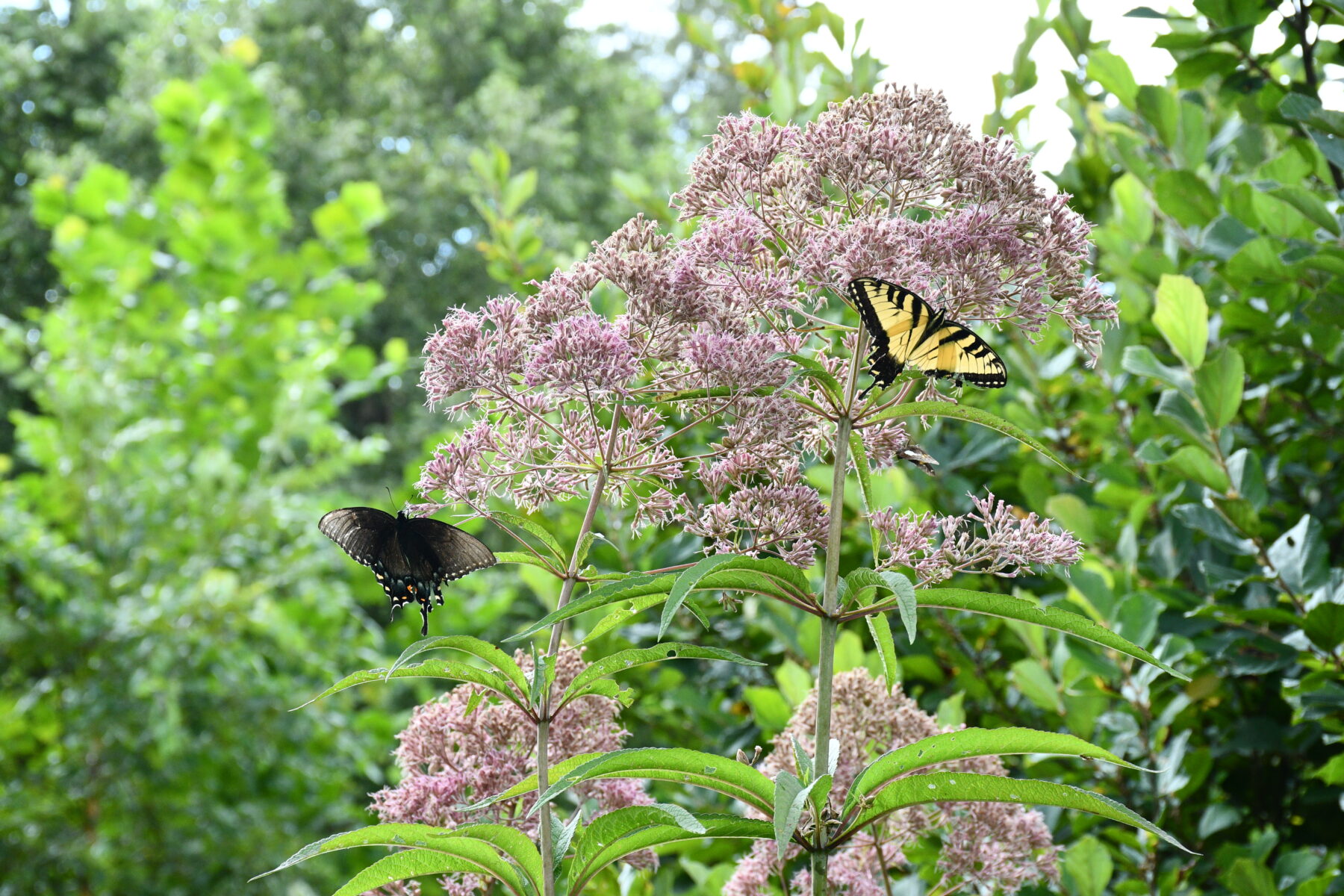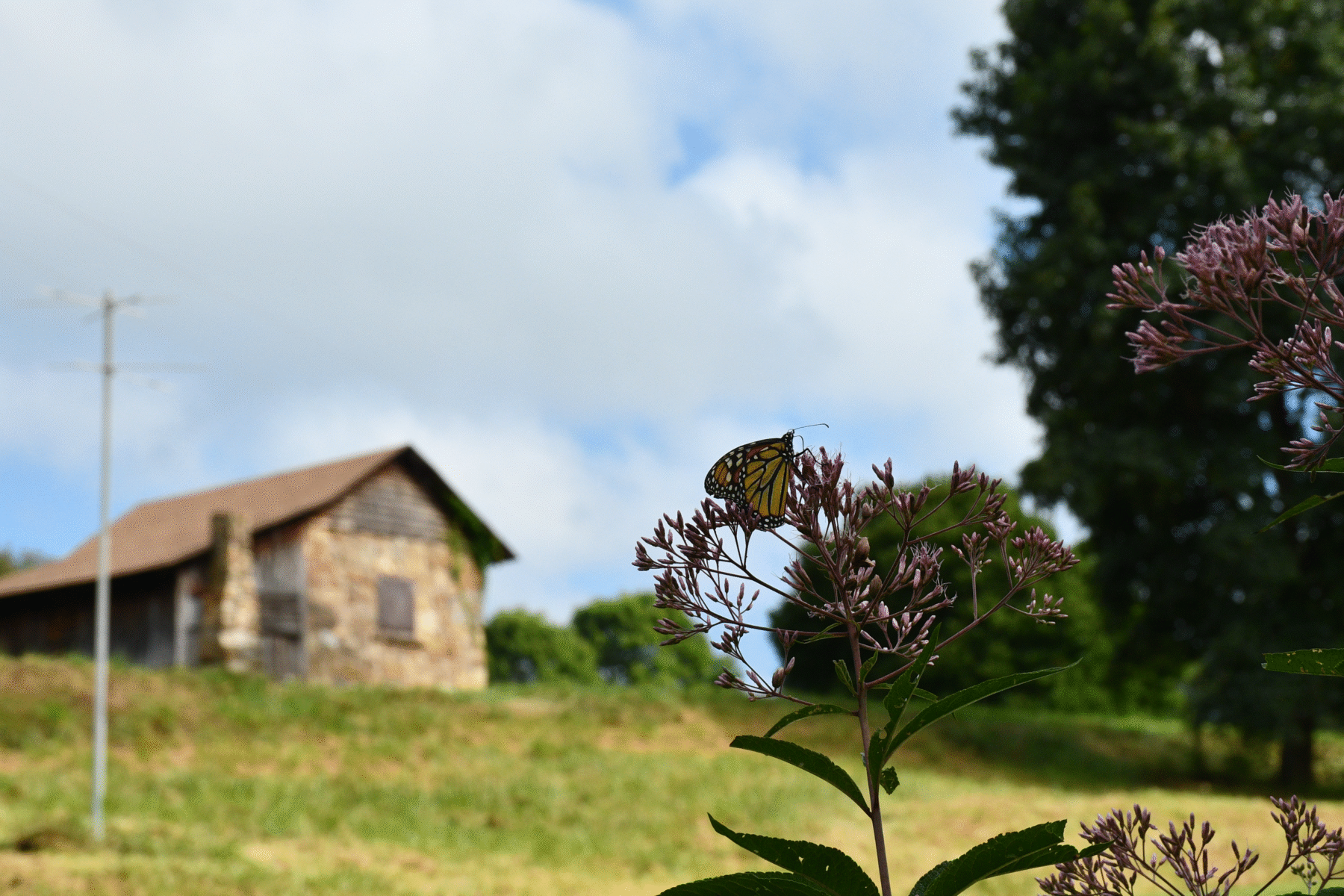Sydney Weigand, University of Georgia, 2025

What do Georgia Aquarium employees, Catholic monks, Daughters of the American Revolution cardholders and grade schoolers have in common? Surprisingly enough, they all spent this past weekend outdoors, crouched next to flowers and taking careful notes.
Friday, August 22nd saw the kickoff of the seventh annual Great Southeastern Pollinator Census, a multi-state, asynchronous event where participants spend 15 minutes observing a plant and recording which insects land there. Counters upload their data to the Census website, and their findings are used by experts across the southeast. Thanks to these efforts, researchers have been able to monitor pollinator populations and determine the financial value natural pollination provides to the state: about a whopping $600 million each year.


University of Georgia Pollinator Health Associate and National Coordinator of the census Becky Griffin began the event as a pilot project in 2017 in order to collect research data. Participation has increased each year, and the 2025 census is a culmination of a year’s worth of hard work for Griffin and her team.
Griffin hopes to use the event to inspire residents of the southeast to create pollinator habitats that will bolster the health of local populations. Last year, the program inspired the creation of more than 3,000 sustainable gardens.
Perhaps most importantly, she wants to educate people all over the southeast about insects. So far, it’s clear that she’s succeeding.
Students from Union County High School joined her at the Georgia Mountain Research and Education Center on Friday to participate in the count. They roamed the facility’s beautiful garden in silent concentration, encouraged by horticulture teacher Katie Stafford.
“A lot of our kids don’t understand the importance of pollinators… It’s a big thing for me that they have hands-on experiential learning. They’ll talk about this for the rest of the semester,” said Stafford, whose butterfly hair-clip served as a testament to her passion for the subject matter. To her, the GSEPC is an invaluable way to get her students interested in horticulture.
UCHS students weren’t alone in their participation; over 139 schools and a myriad of businesses have joined in to help the count. The census is a “no-cost STEM program” designed to give organizations something meaningful to do with minimal extra work, and all resources can be found through the GSEPC website.
While counting has ended for the 2025 census, you can prepare to join next year by signing up for the GSEPC newsletter.
